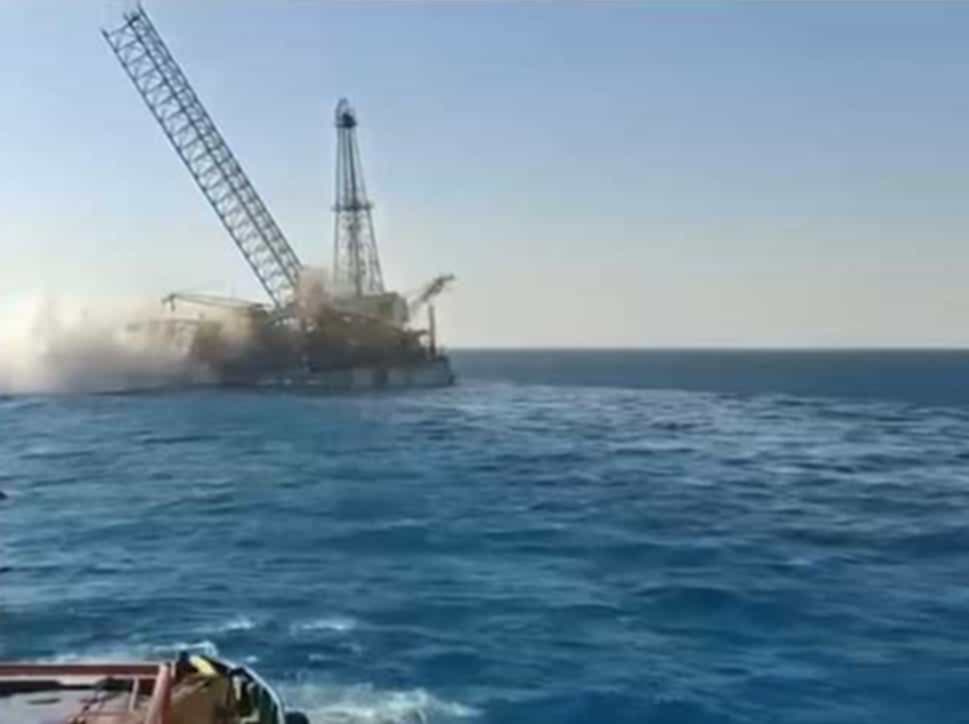Ed Maren 12: Oil rig sinking accident alerts us to the danger of neglecting maritime safety.

The barge transport operation at sea requires careful planning and rigorous execution to ensure the safety of the crew and equipment, and to maintain the marine work environment. By following basic marine safety procedures, we can significantly reduce risks and minimize accidents.
1. Prior Planning
Preparing a detailed transport plan that includes all stages of the operation.
Studying climatic conditions and sea state to ensure transport suitability.
Coordinating with marine rescue and emergency teams.
2. Securing the Rig on the Barge
Firmly securing the rig on the barge using strong and reliable tie-down straps.
Using multiple securing devices to minimize rig movement during transport.
Inspecting securing points regularly during the voyage.
3. Technical Inspection
Ensuring the validity of the rig and barge structure for load and seaworthiness.
Inspecting safety equipment such as fire extinguishing systems, fire alarms, and emergency devices.
Testing the integrity of the electrical connection and communication system between the rig and barge.
4. Crew Training
Training workers on emergency procedures specific to maritime transport.
Educating the crew on how to use safety equipment and marine rescue means.
5. Weather Monitoring
Continuous monitoring of weather reports to avoid storms and hazardous conditions.
Making immediate decisions to postpone or modify transport in case of changing weather conditions.
6. Safety Procedures During Transport
Adhering to appropriate speeds that are consistent with sea conditions.
Determining the transport route to avoid hazardous areas.
Monitoring the movement of the rig and barge continuously.
Equipping emergency and rescue equipment on the barge.
7. Communication and Coordination
Continuous communication between transport team leaders, the captain, and safety teams.
Having an emergency communication plan with the relevant marine authorities.
Conclusion:
To ensure the safety of the oil rig transportation process across the sea on board the barge, first and foremost, a comprehensive risk assessment of the operation must be conducted.
🔷 Risk assessment helps to:
Identify potential hazards during loading, transport, and unloading.
Establish appropriate Control Measures to mitigate risks.
Define responsibilities and equipment required for emergencies.
🚨 Remember: Risk assessment is not an option… but is the basis of any safe transport operation.




